Navigating the maze of tech specs to find the best laptop for testing can be a daunting task. With so many variables like processing power, memory, and storage capacity to consider, it's no wonder even seasoned testers can feel overwhelmed. But fear not, because I've been in your shoes and I'm here to help you make an informed decision. From my extensive experience of reviewing an exhaustive spreadsheet of recent laptop releases, comparing specifications, and reading hundreds of professional and user-generated reviews, I have garnered valuable insights that will guide you towards the optimal laptop for your testing needs.
Testing, as a category, encompasses a broad range of tasks and software, from QA testing to software development and debugging. This guide will specifically focus on the unique requirements and preferences of testers, with an emphasis on processing power, memory, and storage capacity. These are the key elements that contribute to a laptop's ability to handle testing tasks smoothly and efficiently.
Whether you're running automated test scripts, performing load tests, or debugging code, the laptop's performance can make a significant difference to your productivity. Hence, finding the best laptop for testing is not just about the specs, but also about how these specs translate into real-world performance. With my experience and knowledge, I aim to demystify the process and help you find a laptop that will not only meet your testing requirements but also fit within your budget.
Processor
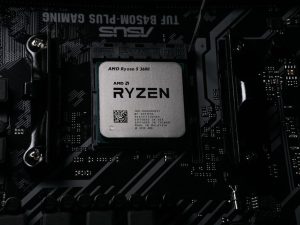
When it comes to testing laptops, the right processor is crucial. While Apple's MacBooks are popular among web developers, they may not be the ideal choice for testing as they don't support Windows applications. For testing frameworks that rely on the GPU, such as Selenium or Appium, it's important to consider the graphics processing unit alongside the CPU.
If you're in the market for a laptop for testing purposes, I would recommend opting for a mid-range processor rather than splurging on a high-end one. Most developers won't require excessive power, and choosing a high-end CPU could result in a more expensive laptop with lower battery life.
When comparing processors, I rely on two benchmark tests: PassMark and Cinebench R23 (R23). These tests provide a more accurate representation of performance across different price points compared to benchmarks that solely focus on single-core performance, such as Chromium's Octane or Mozilla's Kraken.
For those interested in gaming laptops, it's best to consider the 3DMark score as an indicator of overall performance.
To help you make an informed decision, I've compiled a table below that showcases recommended laptop processors along with their average price tags:
| Processor | Average Price |
|---|---|
| AMD Ryzen 5 | $600 – $800 |
| Intel Core i5 | $700 – $900 |
| Apple M1 | $1,000 – $1,300 |
| AMD Ryzen 7 | $1,200 – $1,500 |
| Intel Core i7 | $1,300 – $1,700 |
| Apple M2 Pro | $1,800 – $2,000 |
| AMD Ryzen 9 | $2,000 – $2,500 |
| Intel Core i9 | $2,500 – $3,000 |
| Apple M2 Max | $3,000+ |
Please keep in mind that prices may vary depending on the laptop model and configuration.
In conclusion, when selecting a laptop processor for testing purposes, consider your specific needs and budget. Focus on mid-range processors that strike a balance between performance and affordability. By doing so, you can ensure a smooth testing experience without breaking the bank.
Memory
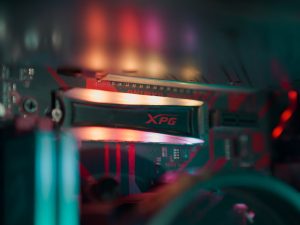
RAM, or Random Access Memory, plays a crucial role in the performance of a laptop, especially when it comes to testing and running resource-intensive applications. In this section, we will delve into the factors you should consider when deciding on the right amount of RAM for your testing needs, as well as explore the differences between DDR4 and DDR5.
How RAM is used in testing
When it comes to testing laptops, RAM is responsible for temporarily storing and accessing data that the processor needs to run programs. This is particularly important when running virtual machines, emulators, or performing multitasking operations.
For example, if you're testing software or conducting performance benchmarks, having sufficient RAM allows for smoother and more efficient operations, reducing the likelihood of bottlenecks and ensuring accurate results.
Other RAM specifications to consider
Besides the type of RAM, there are a few other specifications worth mentioning when selecting RAM for testing laptops. These include latency, CL timings, and frequency.
- Latency: Lower latency values indicate faster data access times, resulting in better overall performance.
- CL Timings: CAS Latency (CL) timings determine how quickly the RAM can respond to requests. Lower CL timings are desirable for improved performance.
- Frequency: RAM frequency, measured in MHz, determines how quickly data can be read from or written to the memory. Higher frequencies offer better performance, but the benefits may not be as noticeable in real-world scenarios.
Recommended RAM amounts for various budgets
To help you determine the right amount of RAM for testing laptops based on your budget, refer to the table below:
| Budget | Recommended RAM |
|---|---|
| Low | 8 GB |
| Mid | 16 GB |
| High | 32 GB or more |
Keep in mind that these recommendations are general guidelines. If you work with particularly demanding software or plan to multitask extensively, you may benefit from choosing a higher RAM capacity within your budget.
In conclusion, when deciding on the right laptop RAM for testing, consider your specific requirements, the type of RAM (DDR4 or DDR5), and other specifications like latency, CL timings, and frequency. By keeping these factors in mind, you can ensure that your testing laptop is equipped with the optimal amount of RAM to handle your workload efficiently.
Storage

When it comes to choosing the right SSD for your laptop, there are a few key factors to consider. SSDs have become the go-to storage option, leaving traditional HDDs and even SATA SSDs behind. The PCIe M.2 SSDs, typically NVMe-based, are becoming the new standard.
First and foremost, it's important to understand that SSDs may not be the most exciting topic, but they can significantly enhance your daily computing experience. Whether you're testing laptops or using them for everyday tasks, having the right SSD can make a noticeable difference.
There are two main types of SSDs to choose from: SATA and PCIe. SATA is the most common and affordable option, offering decent performance and reliability. On the other hand, PCIe SSDs are faster but tend to be more expensive.
Now, let's talk about storage space. If you're looking for a laptop with ample storage capacity, chances are you'll need an M.2 drive rather than an older-generation SATA drive or even an external solution. Budget laptops, priced under $900, typically come with 500GB of storage. Mid-range laptops offer 1TB, while high-end options, which can cost around $2000 or more, often feature 2TB of storage.
If you require a substantial amount of storage space, it may be worth considering multiple drives. You could use one drive for your operating system and applications, and another for your files and games, or any other content you may have. This can help improve performance and organization.
When it comes to performance benchmarks for SSDs, it's important to note that relying solely on tools like AS-SSD or CrystalDiskMark may not provide an accurate picture. These tests do not take into account the impact of the controller, which plays a significant role in performance. For more accurate results, I recommend referring to our notebook reviews, which include AS-SSD and CrystalDiskMark benchmarks when available.
To summarize, here's a table showcasing recommended SSD configurations based on your budget:
| Budget | Recommended SSD Configuration |
|---|---|
| <$900 | 500GB PCIe M.2 SSD |
| Mid-range | 1TB PCIe M.2 SSD |
| High-end | 2TB PCIe M.2 SSD |
Remember, these recommendations are based on the current state of the market and are meant to provide a starting point for your decision-making process. As technology evolves, new options may become available, so be sure to stay informed and do your research before making a final choice.
In conclusion, selecting the right SSD for your laptop involves considering factors such as storage capacity, performance, and budget. By understanding your needs and staying informed about the latest developments in the market, you'll be well-equipped to make an informed decision that suits your testing requirements.
4 Best Laptops for Testing
1.LENOVO ThinkPad P16 G1
Testing laptop- One of most affordable laptops with an Intel i7 processor
- Herculean 8TB SSD
- Numpad
- Backlit keyboard
- No IPS Panel (subpar viewing angles)
- Its screen gives away its price
Alternatives
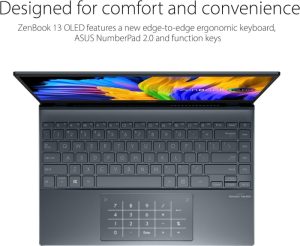 $730
$730ASUS ZenBook 13 UX325EA-EH71
- Sleek, lightweight frame
- Powerful overall performance
- Weak speakers
- Display could be brighter
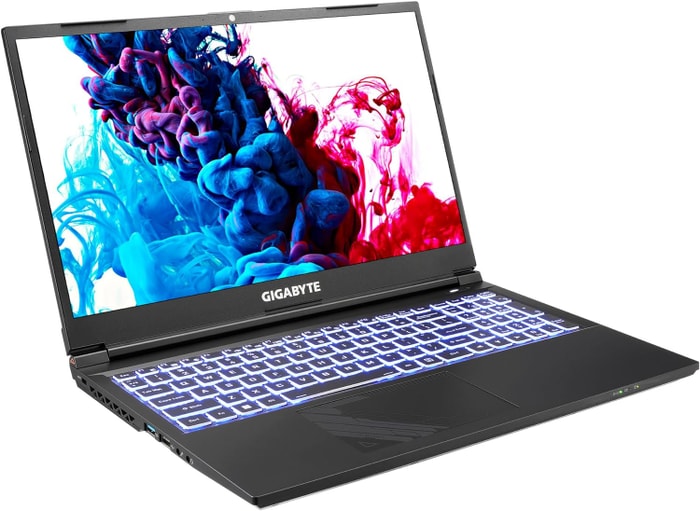 $1,270
$1,2702.GIGABYTE G5 KF5
Affordable gaming powerhouse with upgradeable storage.- Great gaming performance
- Nice-looking screen
- Solid chassis
- Easy to upgrade storage
- Loud under load
- Larger SSD upgrade is a must
- Would prefer more P-cores
Summary
The GIGABYTE G5 KF5 offers solid design, impressive gaming performance, and flexibility for upgrades at an affordable price. Its sleek chassis and easy storage upgrades make it a top choice for those seeking an affordable gaming laptop that doesn't compromise on performance.
Reviews
Alternatives
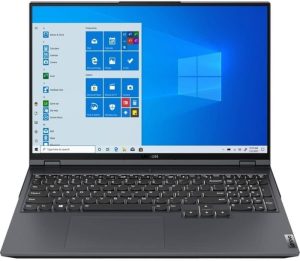 $1,300
$1,300Lenovo Legion 5i Pro 16
- Stylish, sleek form factor
- Gorgeous display
- Webcam quality is poor
- Lack of biometrics
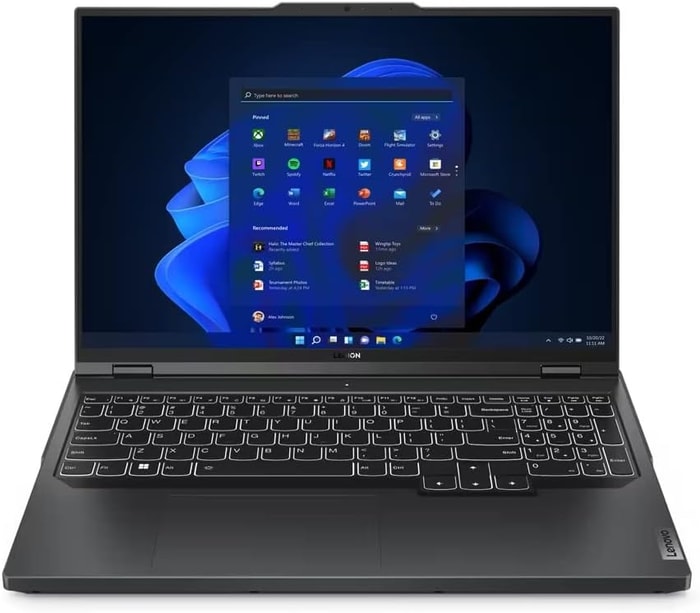 $2,630
$2,6303.Lenovo Legion Pro 5
Lenovo Legion Pro 5: Mid-tier performer with a few flaws.- Solid build quality and design
- Impressive screen and IO
- Competent CPU with multiple GPU options
- Competitive pricing
- No Thunderbolt or biometrics
- Hotspots under sustained loads
- Mediocre battery life
- Lackluster speakers
Summary
The Lenovo Legion Pro 5 offers good value with its solid build, impressive screen, and strong performance. However, buyers should be wary of its hotspots under heavy loads, limited battery life, and lackluster speakers.
Reviews
Alternatives
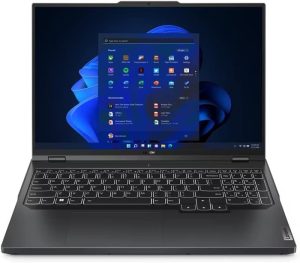 $2,840
$2,840Lenovo Legion Pro 5
- Strong performance for the price
- Quality build and port selection
- Display quality and battery life are just decent
- Bulky and heavy
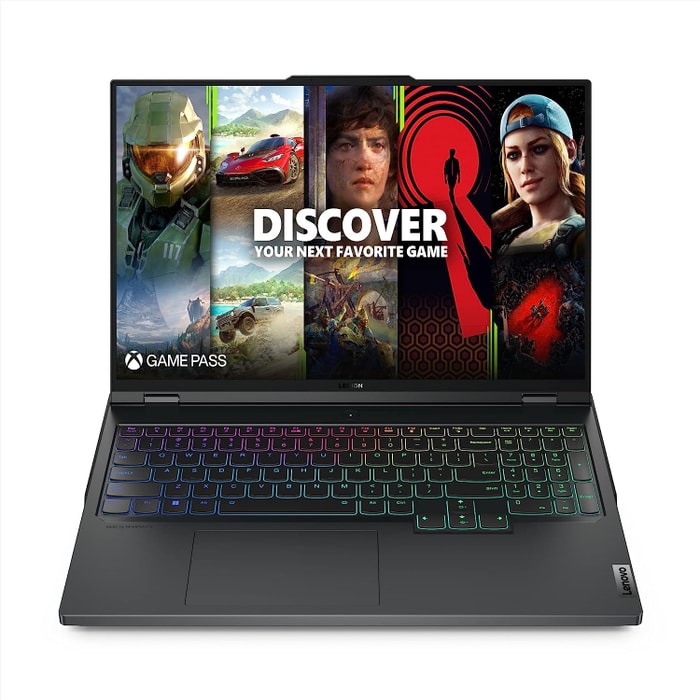 $3,390
$3,3904.Lenovo Legion Pro 7i 16
Lenovo Legion Pro 7i 16 impresses with powerful performance and a sleek design, but falls short on battery life.- Strong overall performance
- Big, bright, and fast display
- Per-key RGB lighting
- Some flex to keyboard deck
- Poor battery life
Summary
The Lenovo Legion Pro 7i 16 offers impressive performance with its high-end processor and graphics card, cleverly hidden within a sleek design. It provides excellent value for its price compared to competitors, making it a desirable choice for gaming enthusiasts looking for a long-term investment. However, the laptop struggles to unleash the full potential of its GPU, impacting its overall performance slightly.
Alternatives
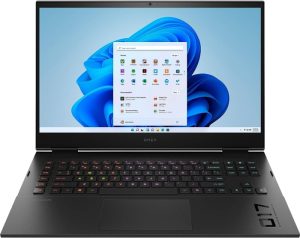 $4,290
$4,290HP Omen 17
- QHD display with 165Hz
- Expandable working memory
- Slightly below-average performance for a RTX 4080
- High noise level
Table of the Best Laptops for Testing
| Laptop | Price (approx) |
| LENOVO ThinkPad P16 G1 | |
| GIGABYTE G5 KF5 | |
| Lenovo Legion Pro 5 | |
| Lenovo Legion Pro 7i 16 |

